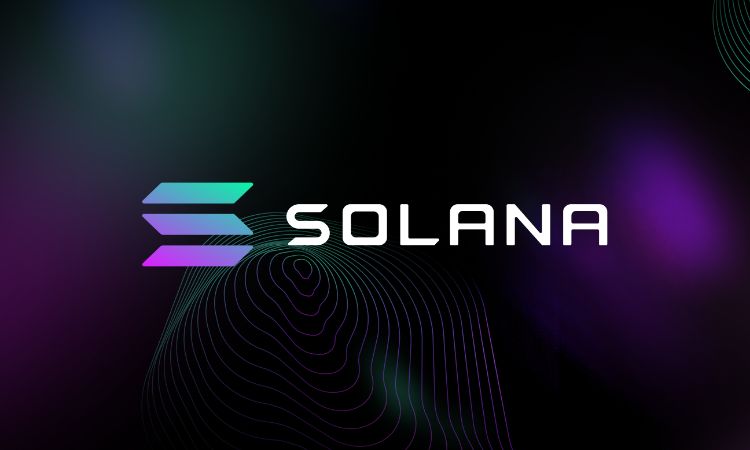Many factors make Solana blockchain the preferred platform for both NFTs (non-fungible tokens) and DePIN (decentralized physical infrastructure networks) developers.
The Solana blockchain, as a high-performance, open-source blockchain platform, is famous for its speed, scalability, and low transaction costs. These attributes make Solana the darling of developers to create dApps, or decentralized applications, besides excellent smart contracts. Unlike blockchain platforms like Ethereum, Solana always stands out with super-fast transaction processing times and lower fees.
Solana’s Edge in the NFT Ecosystem
So, the foremost benefit of Solana is the cost advantage emanating from low transaction fees in minting, buying, and selling NFTs. No wonder Solana is the first choice for creators and collectors, including high-volume transactions and also smaller-value NFTs.
The huge speed of transactions with Solana and its great scalability up to 65,000 transactions per second with a high throughput are credited to the Proof-of-History (PoH) consensus mechanism and the Proof-of-Stake (PoS) tools.
Another highlight of Solana is the smooth user experience even at the peak of network activity, making it a great choice for games and for accessing dynamic NFT marketplaces.
Solana endears with its thriving NFT ecosystem and access to popular marketplaces like Magic Eden, DigitalEyes, and Solanart. These diverse platforms help artists and collectors to discover and sell NFTs.
For developers, the Solana blockchain is special because of the developer-friendly tools, including the Metaplex protocol that simplifies creating, minting, and managing NFTs and building NFT-related applications and experiences.
Also, Solana supports systems programming languages like Rust and C, known for great performance and flexibility and used extensively for smart contract development.
For the blockchain technology market, there is tremendous growth with the entry of advanced fintech companies like CIFDAQ, who offer integrated solutions in blockchain, native coin, DeFi, NFT, etc.
The Ideal Blockchain for DePIN Applications
The blockchain technology users leverage Solana’s architecture for the best programmable NFTs, carrying the potential to trigger actions or store game states, paving the way for interactive and functional digital assets.
Unlike energy-intensive proof-of-work blockchains, Solana is very energy-efficient, thanks to the proof-of-stake mechanism, and is a favorite of creators and collectors sensitive about the environmental impact of NFTs.
Why Solana Is Perfect for High-Frequency, Real-Time Transactions
For DePIN, Solana suits with its high-frequency transactions. Its high throughput and low latency suit DePIN projects immensely, where massive microtransactions and real-time data exchange thrive. They include IoT sensor data, mapping data, and bandwidth sharing.
Supporting DePIN Projects with Speed, Tools, and Low Costs
The Solana blockchain, with its robust developer ecosystem and tools, provides a strong foundation for DePIN projects in terms of agile developer tools, established infrastructure, and active community. This is a boon for DePIN teams to deploy and manage their networks with maximum efficiency.
Solana’s ability to handle multiple thousands of transactions per second with near-instant finality makes it the best for high-frequency operations, accentuating real-time functionalities.
Again, the cost advantage of low transaction fees on the Solana blockchain is the main pull in DePIN projects. Here Solana excites individual participants who share internet bandwidth, collect mapping data, etc., on the blockchain. The cheap micropayments on Solana are always a draw compared to other chains that charge exorbitant gas fees making it a go to chain for NFTs and DePIN projects.
Final Thoughts
Solana is fast, low-cost, and easy for developers to use, which makes it the best choice for NFTs and DePIN projects. It gives creators and builders everything they need to work smoothly and grow their ideas.



